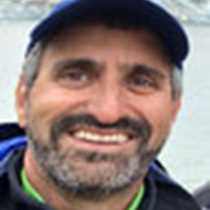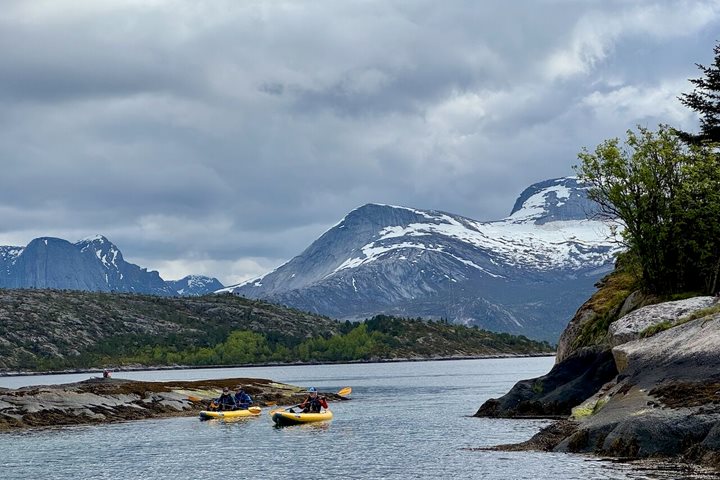Our adventures continued on our clockwise circumnavigation of this fjord-cut lava island-nation with visits to two towns on Iceland’s north coast. Early morning silvery fog dissolved to reveal mountain peaks, blue skies, and green shores at Siglufjordur, a colorful fishing village and setting for Scandinavian noir fiction (Ragnar Jonasson’s ‘Snow Blind’). Here, we visited an award-winning museum to learn of the glory days of Iceland’s herring industry.
We have seen whales and seabirds feeding, learned of Greenland shark fisheries and of whaling, and about the implementation of fishing quotas in Iceland. Today, we gained further insight into Iceland’s relationship with the sea through musical dramatic reenactment of the romantic age of the “herring girls” and the fish that spirited a community. We toured the herring boats, fish factory, and intact dorms of the “herring girls,” a veritable time capsule look at an era past.
Once sheep farmers, Icelanders turned to the sea for livelihood and only in recent years has tourism passed fishing as Iceland’s number one industry. Unfortunately for Siglufjordur, the herring, once the ‘silver of the sea,’ disappeared in the mid-1960s due to technological advances and overfishing. Today, warmer temperatures are changing species distributions in local waters affecting marine ecosystem dynamics, as with recent arriving swarms of mackerel.
We saw humpback whales feeding in the fjord on our way up to Akuryeri, Iceland’s number two town and capital of the north. Here we took walks, worked on our photography, and visited a subarctic botanical garden. This century-old garden is the northernmost in the world. Here, bees and flies were pollinating the variety of colorful flowers under the daylight of summer.
Some guests went riding on Iceland’s famous beautiful horses today, over flower-filled tundra with nesting seabirds beside black sand beaches. With the National Geographic Explorer in port for the evening, we were able to enjoy free time in this vibrant Icelandic town.







